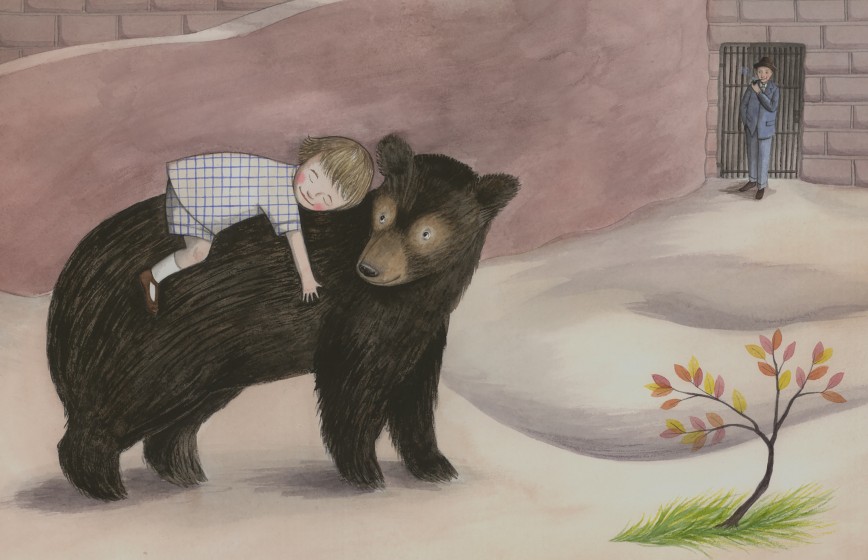

He named her Winnie, after his hometown of Winnipeg, and he took the bear to war. In 1914, Harry Colebourn, a veterinarian on his way to tend horses in World War I, followed his heart and rescued a baby bear. One about a Bear.”īook Synopsis: Before Winnie-the-Pooh, there was a real bear named Winnie. “It’s awfully late.” It was long past dark, and a time to be asleep. Opening: “Could you tell me a story?” asked Cole. Thanks for taking the time to check out my products.Themes: Bear, True Story, Canadian Soldier, Mascot, London Zoo, Christopher Robbins If you have any questions about the resources included in this set please email me at It will be my pleasure to reply and help you in any way I can. I hope that you will enjoy using my resources along with your copy or copies of “Finding Winnie” by Lindsay Mattick.

Next, I find that vocabulary instruction works best when it's done within the context of books that students are already reading. I also created an Extension Activity for early finishers.

That's why I've included page by page lesson plans, guided practice worksheets, and text specific reader's notebook prompts for the following strategies: My goal was to make it easy to teach readers how to think about “Finding Winnie” using a variety of comprehension strategies. It can be used for whole group, small group, and independent instruction – which makes these resources a smart choice for literacy centers or Reader's Workshop. This set of lesson plans, resources, and activities is for use with “Finding Winnie” by Lindsay Mattick.


 0 kommentar(er)
0 kommentar(er)
